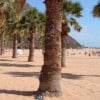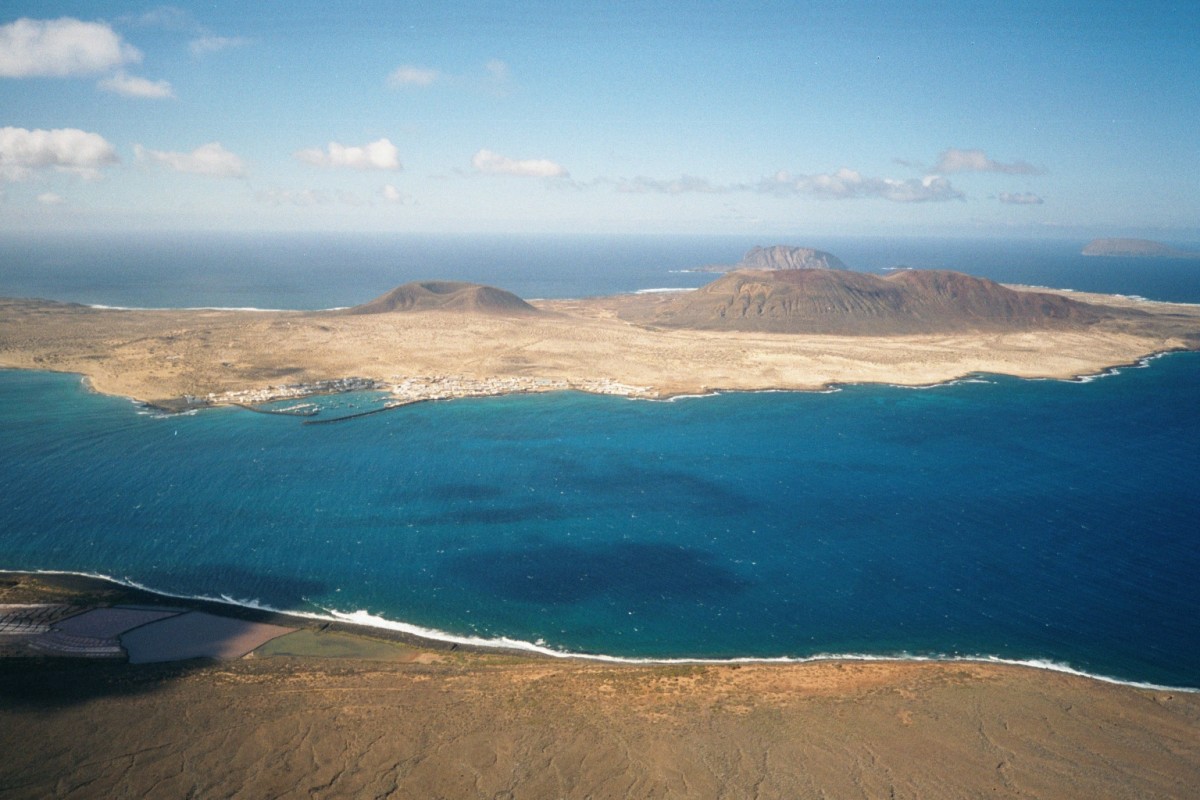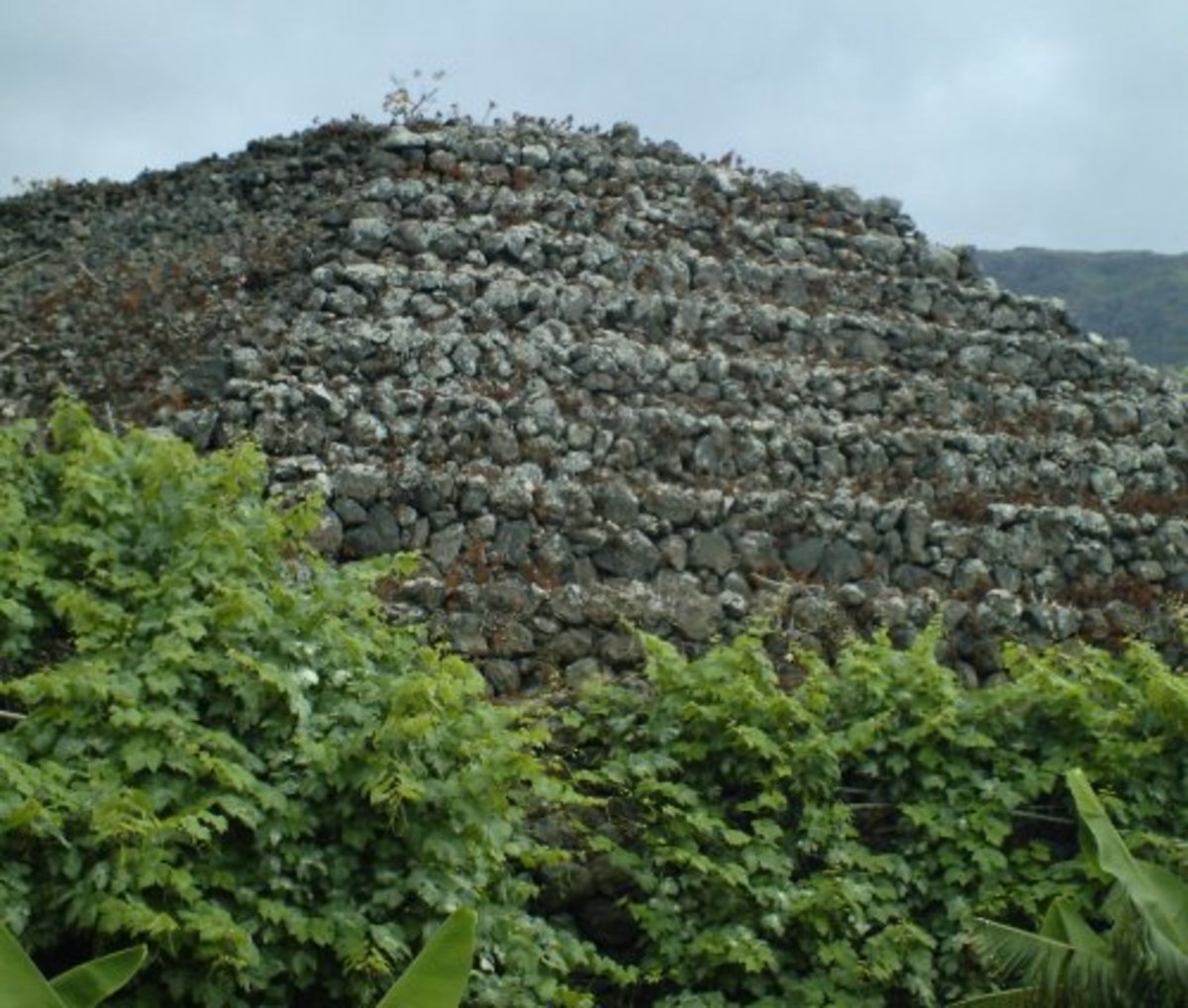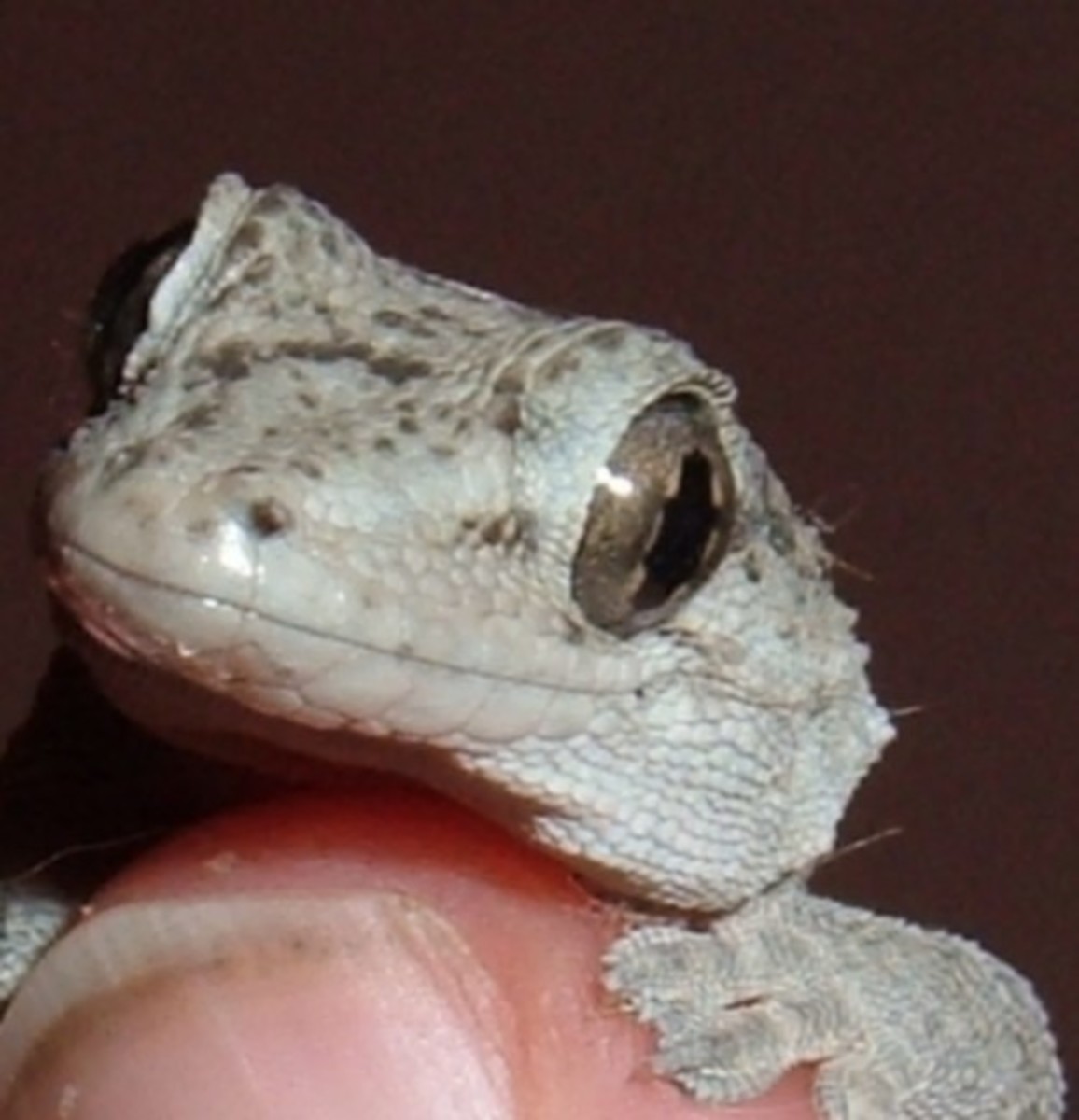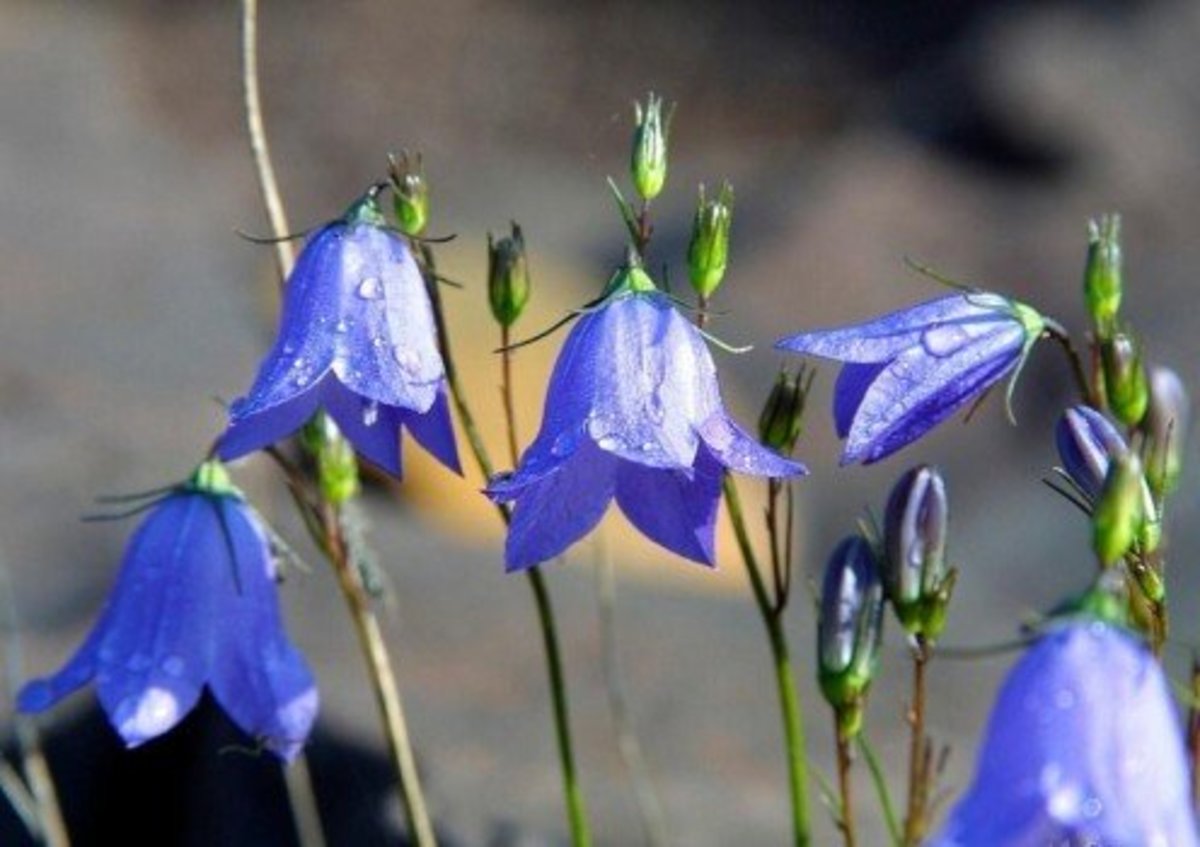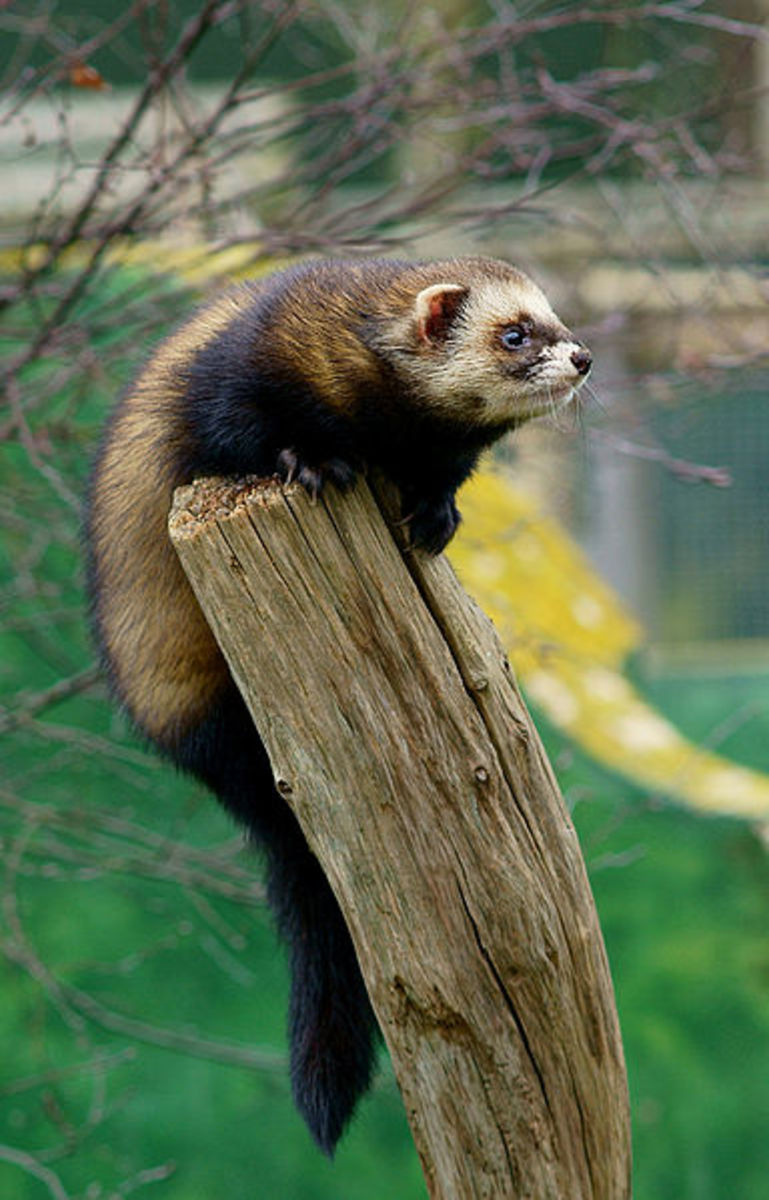Tenerife herbs: Canary Islands Date Palm
Canary Islands Date Palm is a Phoenix
The Canary islands Date Palm's botanical name is Phoenix canariensis which makes it a close relative of the Date Palm (Phoenix dactylifera) we get dates from. Like the Date Palm it has edible fruit too but those of the Canary Islands Date Palm are too small for most people to bother with today.
However, this palm is a very popular ornamental tree for parks, gardens and for planting along roads. It also has medicinal properties so it gets included in books and information on Tenerife and Canary Island herbs.
Canary Island Date Palm photo
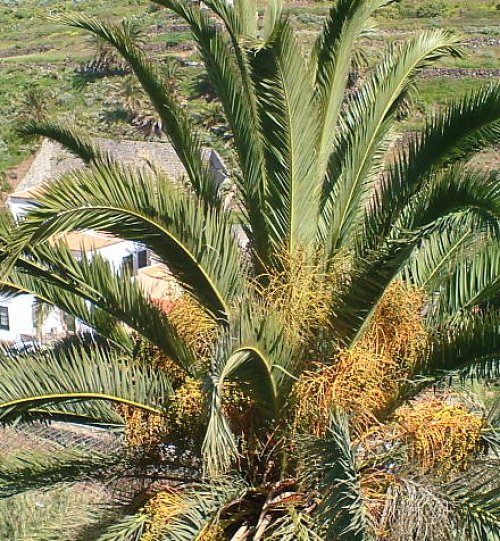
Canary Islands Date Palm described
The Canary Islands Date Palm grows on Tenerife and all the Canary Islands and in some places still is found in what are remaining of the palm groves. There were once far more of these trees growing on all the islands but the numbers have been considerably reduced over the years.
Because of its popularity as an ornamental tree though this palm is cultivated in parks and gardens around the world where it is warm enough for it to grow. In some places, such as New Zealand, it has self-seeded and become regarded as an invasive weed.
It is a very tall palm reaching as much as 20 metres in height though in the wild they tend to be much shorter if they are not pruned. The shorter specimens of this palm after pruning look like huge overgrown pineapples in many ways, as do the bases of the rosettes at the top of the trunks where the leaves have been pruned away.
Pruning is done both to make the palms look more pleasing to the eye and to cause them to grow taller. Another reason is that the dead old leaves can be a serious fire risk in hot weather.
The Canary Islands Date Palm has a thick trunk that is crowned with very long pinnate palm leaves that can themselves grow to as long as 6 metres.
There are male and female Canary Islands Date Palms. The males have hanging inflorescences of tiny whitish flowers, and the females have orange-red racemes which eventually become full of orange-yellow fruit which are known in Spanish as "támaras." The Canary Islands Date Palm flowers in spring and summer.
The Canary Islands Date Palm, which is known as "Palmera Canaria" in Spanish is recognised as a plant symbol of the Canary Islands.
Canary Island Date Palms
Canary Islands Date Palm's uses and medicinal properties
Canary Islands Date Palm fruits can be boiled in goat's milk and taken as a remedy for stomach upsets and respiratory complaints, and their juice can be applied directly as a treatment for skin diseases. Young fresh leaves applied externally are used to treat bruises and swellings and have anti-inflammatory properties.
An infusion of the young leaves can be made as well and this is used as a remedy for coughs, colds and congestion.
On the island of La Gomera the sap of the Canary Islands Date Palm is tapped and made into Palm Honey. This is an ancient practice that dates back to the times of the Guanches before the Spanish Conquest.
These people used to use palm leaves to make clothing, fishing nets and baskets and today the leaves are still in use for the creation of mats, hats and brooms. An entire palm leaf is sometimes used as a natural and makeshift sweeping brush too.
Copyright © 2011 Steve Andrews. All Rights Reserved.
